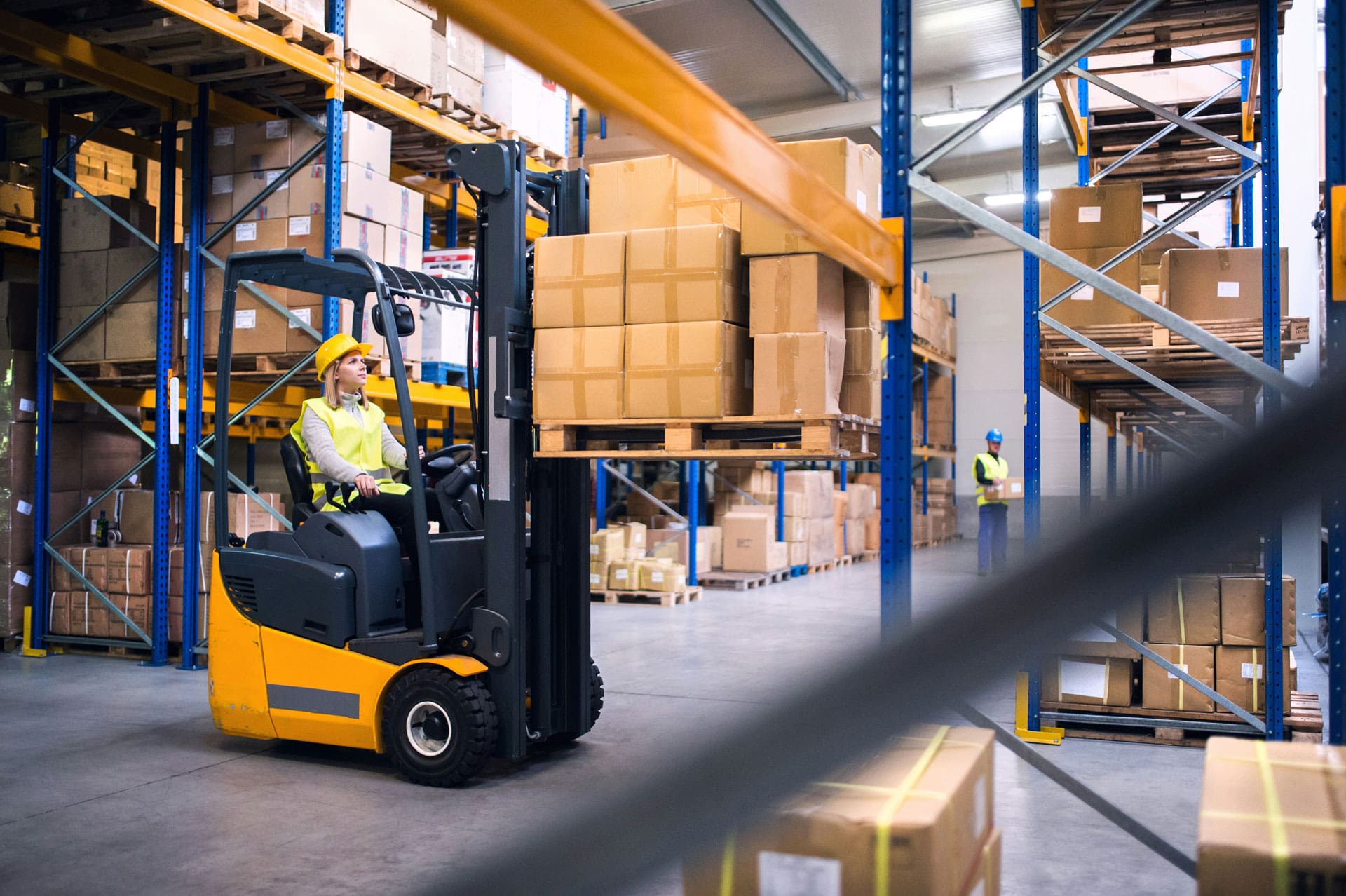Automation Solutions Overview
The market has been investing heavily in in automation in recent years because it directly addresses some of the biggest pain points they face today: labor shortages, rising costs, growing customer expectations, and risk resilience. It’s no longer just about efficiency — it’s about survival and competitiveness. SCT Advisory works with clients to design facilities or re-engineer processes leveraging the following types of automation:
Conveyors, sorters, and diverters that move cartons, totes, or pallets through the facility – including belt conveyors, cross-belt sorters, tilt-tray sorters, sliding shoe sorters.
High-density, computer-controlled systems for storing and retrieving inventory, including Shuttle systems, vertical lift modules (VLMs), miniload cranes.
Systems that bring inventory to workers instead of workers walking to inventory – including AS/RS shuttles, carousels, vertical lift modules.
Robots that navigate with sensors and AI, flexibly moving goods (AMRs) or follow fixed paths leveraging magnetic tape or tracks (AGVs).
Robotic arms with AI and vision systems that pick individual items, cases, or full pallets, including Piece-picking robots, mixed-case palletizers, depalletizers
Automated cartonization, void fill, labeling, and sealing including Packsize automated box-making, print-and-apply labeling machines.
The ROI from warehouse automation depends on the type of automation, your current cost structure, and throughput needs. That said, automation is often one of the highest-payback investments in supply chain operations because it cuts labor (the #1 cost in warehouses), improves accuracy, and boosts throughput. SCT estimates the following ROI from automation investments, though the refinement of a business case is heavily dependent on the facility and order profiles:
- Labor Savings – 20–40% reduction in direct labor costs (picking, putaway, replenishment, packing).
- Throughput & Capacity Gains – 2–4x increase in order throughput for high-volume e-commerce DCs.
- Accuracy & Error Reduction – Picking/packing accuracy can improve to 99.5–99.9%.
- Space Utilization – Vertical storage automation (AS/RS, shuttle systems) can improve storage density by 20–40%.
- Scalability & Flexibility – while not directly related to a measurable ROI, one of the key benefits to establishing an automation strategy is to enable scale for demand volatility and seasonal peaks with modular automation.
Integrating a Warehouse Management System (WMS) with automation (robots, conveyors, AS/RS, AMRs, pick-to-light, etc.) is a major enabler of efficiency, but it requires careful planning and design. A WMS by itself handles what should be done (inventory, orders, tasks), while automation executes the how. The integration makes sure they operate seamlessly.
Automation Solution Areas
When planning the integration and orchestration of a WMS to automation, it is important to understand the roles of the WMS, as well as Automation Integration Adapters, Warehouse Execution Systems (WES), and Warehouse Control Systems (WCS). These are often confused because they all play a role in warehouse operations. The simplest way to think about them is “who decides what vs. who executes how”.
The Warehouse Management System is the system of record for inventory control, and is responsible for orchestrating order fulfillment priorities and work requirements.
Integration middleware is needed for mapping data across systems and managing the communications. Automation adapters serve as accelerators for the implementation and ongoing orchestration of automation for the WMS, and can also be adapted to/from WES systems.
In complex environments (those with three dimensional travel patterns or with specific constraints around robotic capacities or travel paths), the Warehouse Execution System (WES) is responsible for the real-time coordination of people, tasks, and automation. It decides when work is released and who/what does it. In less complex environments, it is often appropriate for the WMS to maintain oversight leveraging standardized integration adapters.
Warehouse Control System (WCS) direct control of automation equipment by sending real-time commands to conveyors, sorters, AS/RS, shuttles, AMRs that manage routing, diverting, scanning, and equipment safety interlocks. These systems can also provides equipment status and throughput back to higher systems.
A critical step in any automation design project is in defining the requirements for orchestrating the batching, release, and management of tasks required of automation. Often the WMS can orchestrate these requirements directly with the WCS, employing standardized adapters for future state agility and scale. Execution systems may be employed directly from the automation provider for use cases specific to the automation, or more generally be designed and implemented to manage activities across multiple systems and vendors. SCT recommends developing a global automation strategy to identify the best fit architecture up front, with an agile approach allowing flexibility throughout the deployment.
